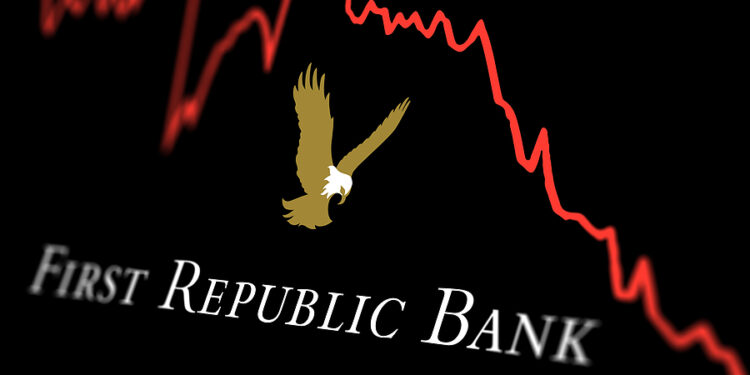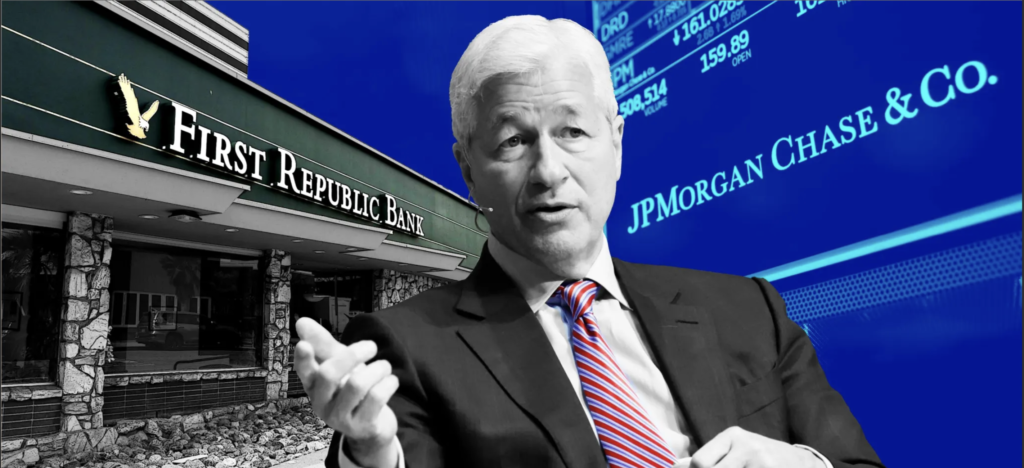
By Tamanveer Ahuja, Student at University of Exeter
Recent bank failures have raised concerns about the ability of regulators to ensure the safety and stability of the US banking system. First Republic Bank (FRB), which was the third major financial institution to collapse this year, was especially alarming because of its large size and the fact that it is the second-largest bank failure in US history.
FRB, a bank with over $230 billion in assets, was larger than Silicon Valley Bank, which failed just a few months prior. FRB suffered from poor interest rate risk management and an asset/liability mismatch, causing a funding crisis. In Q1, the bank experienced $100 billion in deposit outflows, which led to it being on life support for two months before ultimately collapsing. After the failure, JPMorgan Chase, the largest bank in the US, acquired a $173 billion loan portfolio and approximately $30 billion of securities from FRB after a weekend of rescue talks. While JPMorgan Chase will recognise a gain of $2.6 billion on the deal and $500 million in earnings per year, the FDIC will absorb an estimated $13 billion in losses through its Deposit Insurance Fund.

The acquisition in question needed the “too big to fail” laws to be ignored. These laws usually prevent banks that have over 10% of deposits from making acquisitions. The regulators had to break these rules to make the acquisition possible, which has raised concerns about the effectiveness of the current regulatory framework.
The recent failures of FRB and Silicon Valley Bank have raised concerns about the FDIC’s capability to provide backup for the $17 trillion worth of deposits at regional banks in the US. Although all deposits have a “systemic risk exemption” for security, it is uncertain if the FDIC can keep providing this support if there are more bank failures in the future. Despite these concerns, the US Treasury insists that the banking system remains “sound and resilient.” Treasury Secretary Janet Yellen recently reiterated this message in a speech at Johns Hopkins University, saying that the US banking system is “well capitalized” and has “sufficient liquidity.”
However, the recent failures suggest that the US banking system may not be as robust as regulators claim. Three out of the four largest bank failures in US history have occurred in just the past few weeks, indicating that the banking system is more vulnerable than previously thought. The failures of FRB and Silicon Valley Bank also highlight the need for banks to address issues with interest rate risk management and asset/liability mismatches to prevent future funding crises. Additionally, regulators must work to strengthen the regulatory framework and ensure that “too big to fail” banks do not pose a systemic risk to the financial system.
In conclusion, the recent failures of US banks have revealed that the banking system is fragile, which has caused concerns about whether regulators can maintain the safety and soundness of the financial system. Despite the US Treasury’s assurance that the banking system is “sound and resilient,” the failures of FRB and Silicon Valley Bank indicate otherwise. Regulators need to take steps to tackle the root causes of these failures and enhance the regulatory framework to avert future crises.

I like this post, enjoyed this one thanks for posting.
I look forward to bringing you more valuable information in the future. If you have any specific topics or requests, please feel free to let me know.
Thank you for your kind words and ongoing interest.
Good write-up, I’m regular visitor of one’s blog, maintain up the excellent operate, and It’s going to be a regular visitor for a long time.
Thank you for your feedback. I am excited to keep you updated.
F*ckin’ tremendous issues here. I’m very glad to look your article. Thanks so much and i am looking ahead to touch you. Will you kindly drop me a e-mail?
Thank you for your feedback. Yes sure, you can reach me at tamanahuja19@gmail.com.